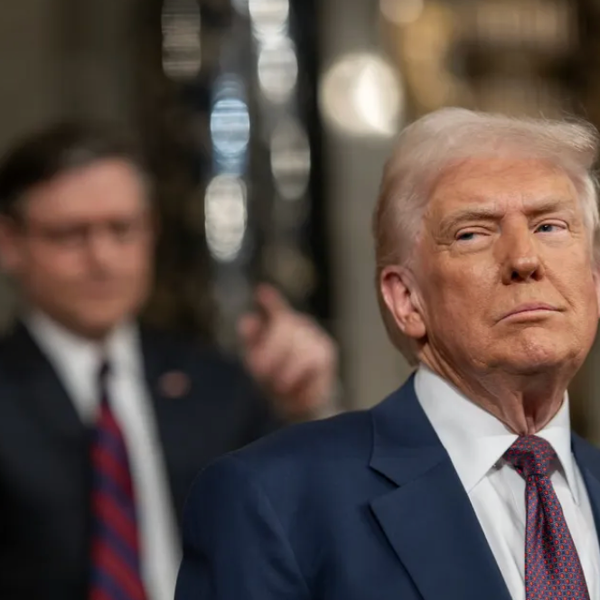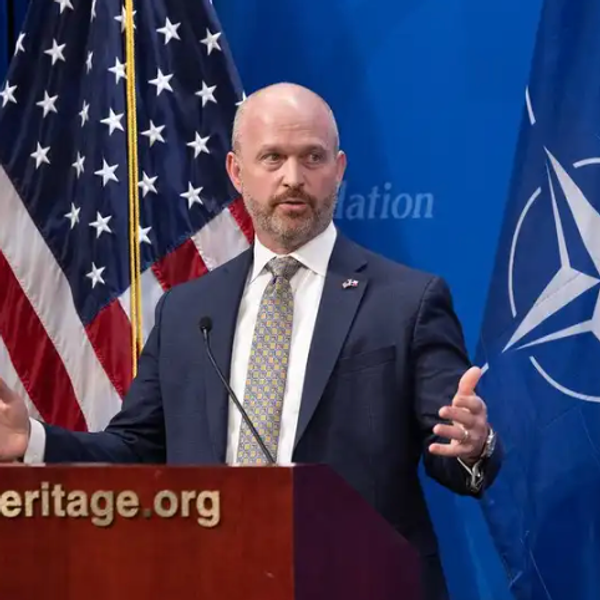President Roosevelt’s legacy of public works programs offers insight into the importance of increased government spending to create jobs and restore the economy.
It’s good to hear more economists talking about the foolishness of austerity in Europe and the United States. Some, including Joe Stiglitz and Paul Krugman, have been saying it for a long time, but the chorus has gotten louder recently. Still, I have yet to hear anyone put the argument in terms simple enough for the average citizen (including the average Republican not too tied in ideological knots) to understand. I’d therefore like to take a shot.
To reignite the economy, we need more people to buy things. For that to happen, we need to keep people in their present jobs, re-employ people who have lost jobs, and employ those just entering the job market. Once people are buying things, those who make the goods and services being bought will have reason to invest, hiring new workers and buying new machines that make things. They have no reason to invest now; there is no likely return on their investment.
Republicans have things backwards. They assume that investors will invest if we give them more money. But they already have lots of money. Why assume that giving them more will change their behavior? They’re not stupid (at least most of them aren’t). What they need is a prospect of profit.
Tax breaks aren’t any incentive. What good are lower taxes on income that you don’t have? What’s the point of hiring another worker if he or she will have nothing to do? Fewer regulations are equally irrelevant. This is why “uncertainty” and “confidence” (the claim that investors won’t invest because they are uncertain what their taxes might be in the future or what new regulations they may face) are smokescreens.
What do you suppose investors would do if there were customers pouring through their doors? If goods and services were in demand and inventory was disappearing? They would not say, “No, I don’t think I’ll take advantage of this. I’ll forgo making a profit now because I don’t know what my taxes and regulations will be next year.” More likely, the response would be, “Wow, we can sell more widgets now; let’s crank up production!”
In the language of economists, this is a demand-side problem, not a supply-side problem. Republicans have been looking at the world through supply-side lenses for over 30 years and can’t see the total economy. They are blind to common sense.
So how do we get people to buy things? We can save good middle class jobs by aiding states so they can stop laying off teachers, police officers, firefighters, and other public workers. We can create new jobs with large infrastructure projects. There are so many things on the landscape in need of repair or replacement that it shouldn’t be hard to employ or re-employ millions of people. In 1933, the Civil Works Administration (CWA) put 4 million people to work in two months.
But good heavens, this will cost money! Yes, it will drive the deficit to new heights, and deficits are worth worrying about. But a stagnant economy will not reduce deficits. Putting people out of work through an austerity campaign only decreases revenues and cripples our ability to deal with deficits. A robust economy will handle the problem much more quickly. Restarting the economy will be expensive, but we need to spend the money. If your house is on fire, you don’t tell the fire department, “Don’t use too much water, I want enough for my morning shower.”
If Obama’s $800 billion stimulus package hadn’t been weighed down with so many useless tax cuts, we might not be having this conversation. The experience of the New Deal is relevant here. At its beginning, 25 percent of workers were out of work; when World War II started, it was down to 10 or 12 percent. That is significant progress. And there would have been even greater progress had President Roosevelt not twice stalled the recovery he had created. In March of 1934, after it was only four and a half months old and employing 4 million people, he pulled the plug on the CWA in spite of the fact that even the Wall Street Journal noticed its effect on the economy. He just didn’t want to believe that it was going to cost so much money to end the Depression.
Once he had replaced the CWA with the Works Progress Administration (WPA), and after his other giant public works programs—the Public Works Administration and the Civilian Conservation Corps—were fueling the recovery, Roosevelt again cut back. Despite the crisis, he still believed in a balanced budget. This return to orthodoxy produced a recession that by early 1938 was looking like 1929. His advisors finally persuaded him to restore the works programs, and thus he ended the recession. Had it not been for these two crises of confidence, the employment rate at the start of the war may have been lower than 10 percent, and we wouldn’t be hearing these claims that it was the war that ended the Depression.
Once demand is stimulated through public jobs, private investment will return and private jobs will increase. A healthy economy can then deal with deficits. It will be costly to regain that economy, but if we don’t, we will have both stagnation and deficits.
Robert Leighninger is faculty associate in the School of Social Work at Arizona State University, and author of Long Range Public Investment: The Forgotten Legacy of the New Deal.
Cross-Posted From The Roosevelt Institute’s Next New Deal Blog
The Roosevelt Institute is a non-profit organization devoted to carrying forward the legacy and values of Franklin and Eleanor Roosevelt.








